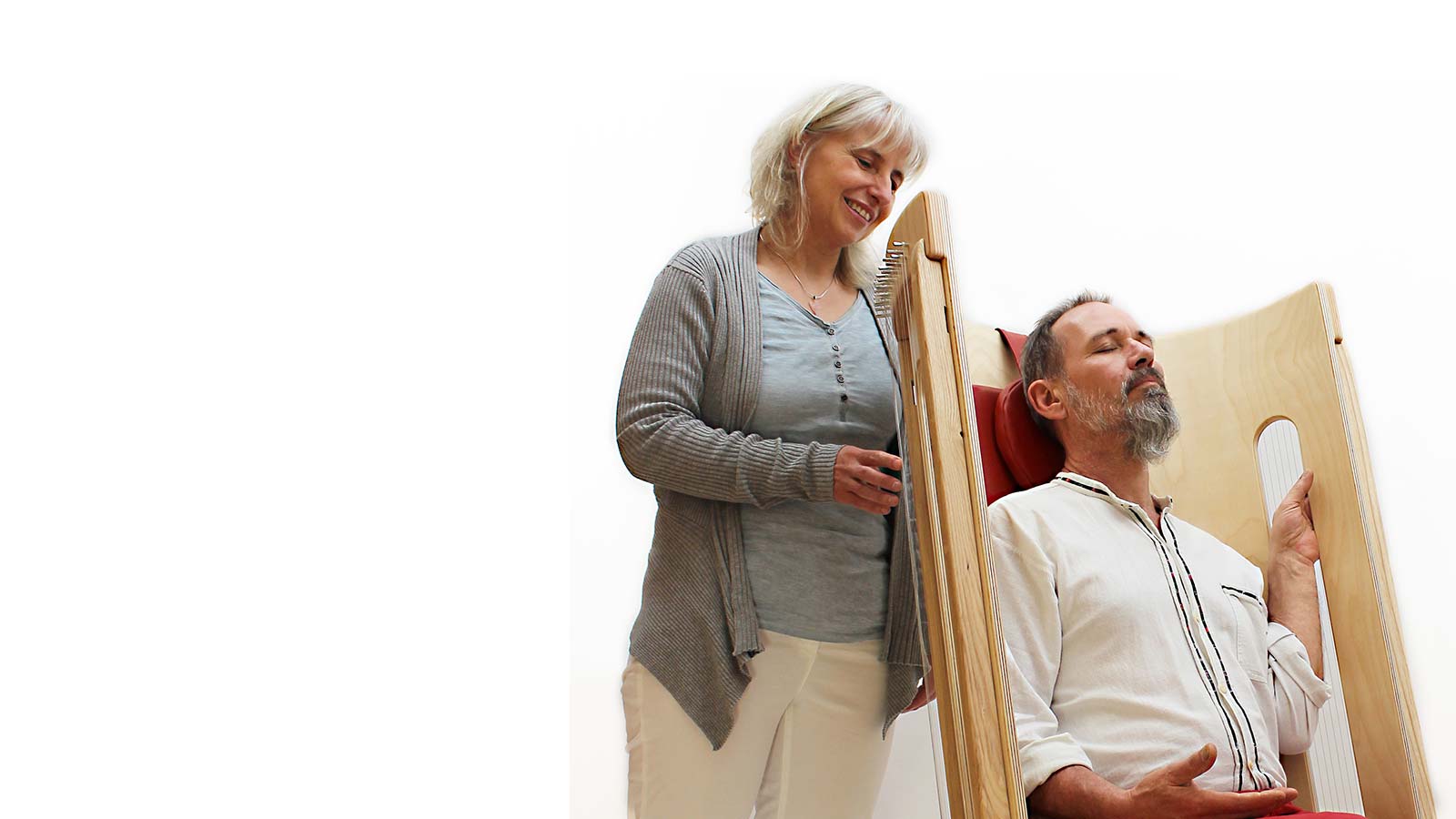Feel good – noticeably good
For many people music is an emotional highlight and can help in many phases of life. Music can improve the quality of life, strengthen self-confidence, intensify inner experience, create sublime feelings, increase social relationships, conscious living, and awaken pure joy of life — who wouldn’t want that?
From our own experience we know that music and making music gives us an ideal access point to all these things, independent of age, origin or physical inhibitions. Allton offers instruments and furniture and constantly advances their development for their various applications.
Dealing with music creates a connection to our inner power that can strengthen anyone. We show possibilities, promote and show the many ways of application, At trainings, sound conventions, presentations, lectures and more.
Music and vibro-acoustics
1. The effects of music
Music can change moods and feelings – when listening attentively and when actively making music.
Music can reduce fear and activate the brain region for joy. There is no dedicated centre in the brain for music like, e.g. the speech centre. Instead music can reach all parts of the brain, e.g. via the limbic system.
This way music helps us to access to our own emotions. Music is not only perceived by ear. Low frequencies can also be perceived by the skin. This way music becomes a multi-sensory experience.
2. Listening and feeling
Music is perceived in three different ways:
3. Vibro-acoustic instruments
If an instrument is to have a vibroacoustic effect, a resonance chamber is not necessary.
Here is an illustration of the individual phases of vibration transmission in an acoustic stringed instrument:
What is sound massage?
What is sound massage?
During the sound massage, the vibration of a musical instrument is transferred to the human body and can be felt as vibration. For this purpose a contact between instrument and body needs to be established, e.g. by touching or placing the instrument on the body.
In contrast to the classical massage, where skin and muscles are pressed and stretched by hand, this is done by the musical instrument. The finest vibrations are transferred to the body — similar to the waves that a stone creates when it is thrown into water.
Since our body consists of approx. 70% water, every cell of the body is addressed by these vibrations. This results in a deep massage that has a positive influence on the body in many ways.
What instruments are being used?
The best known are singing bowls of different sizes, which are placed on the clothed body and then played. In principle this can also be done with other instruments. Body monochords or body tanpura are stringed instruments that have been specially developed for this purpose. In the case of sound furniture, one can lie down on the instrument or also sit or lay down in the instrument, i.e. in the resonance chamber.
What are the effects of sound massage?
The vibration frequency of the instrument is absorbed by the body through the skin and forwarded inwards. The transmission is strongest via the bones (bone conduction), i.e. where there is little tissue between skin and bone, and least via fatty tissue. The transmission of the oscillation frequency passes through deeper skin layers and muscle tissue to organs inside the body. The feeling of the music is mostly perceived as a pleasant and soothing sensation in the body. This way tension and blockages can be released and self-healing processes can be supported. The soothing sound also leads to a state of inner peace and deep relaxation.


